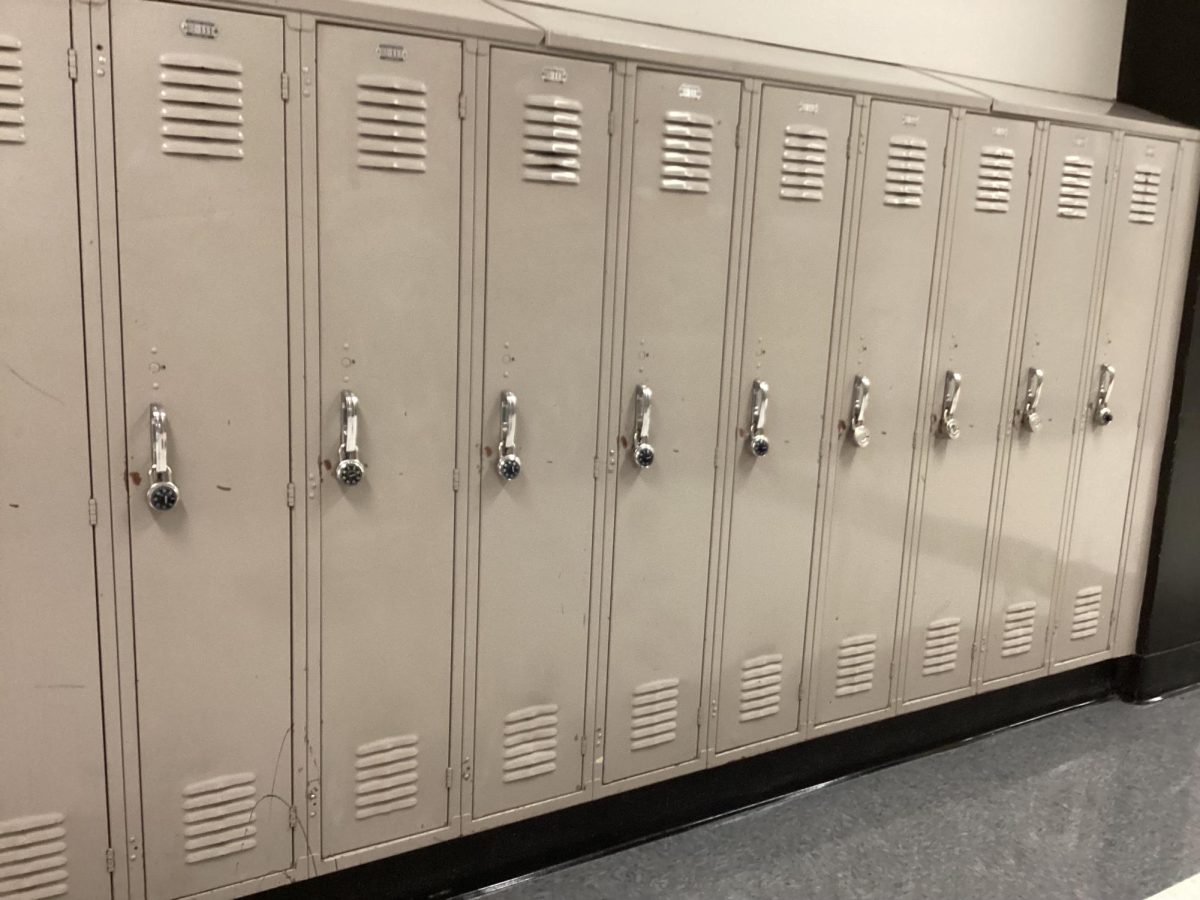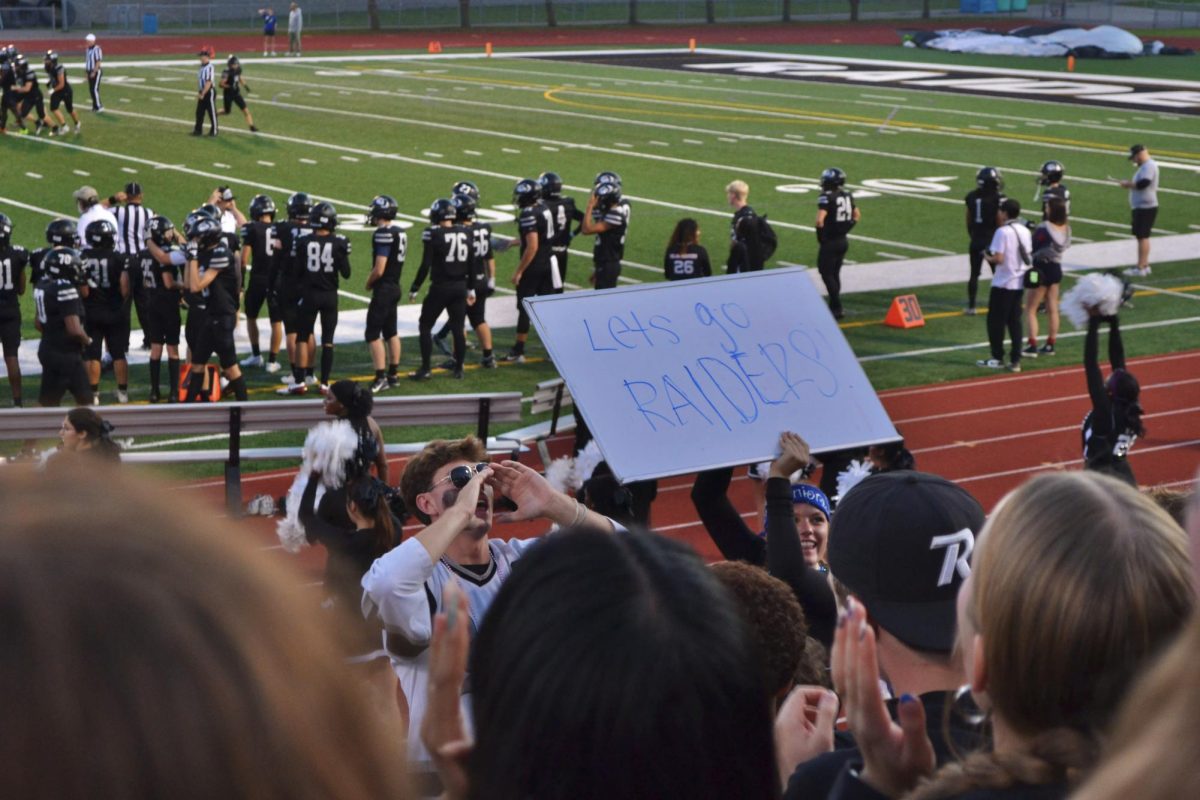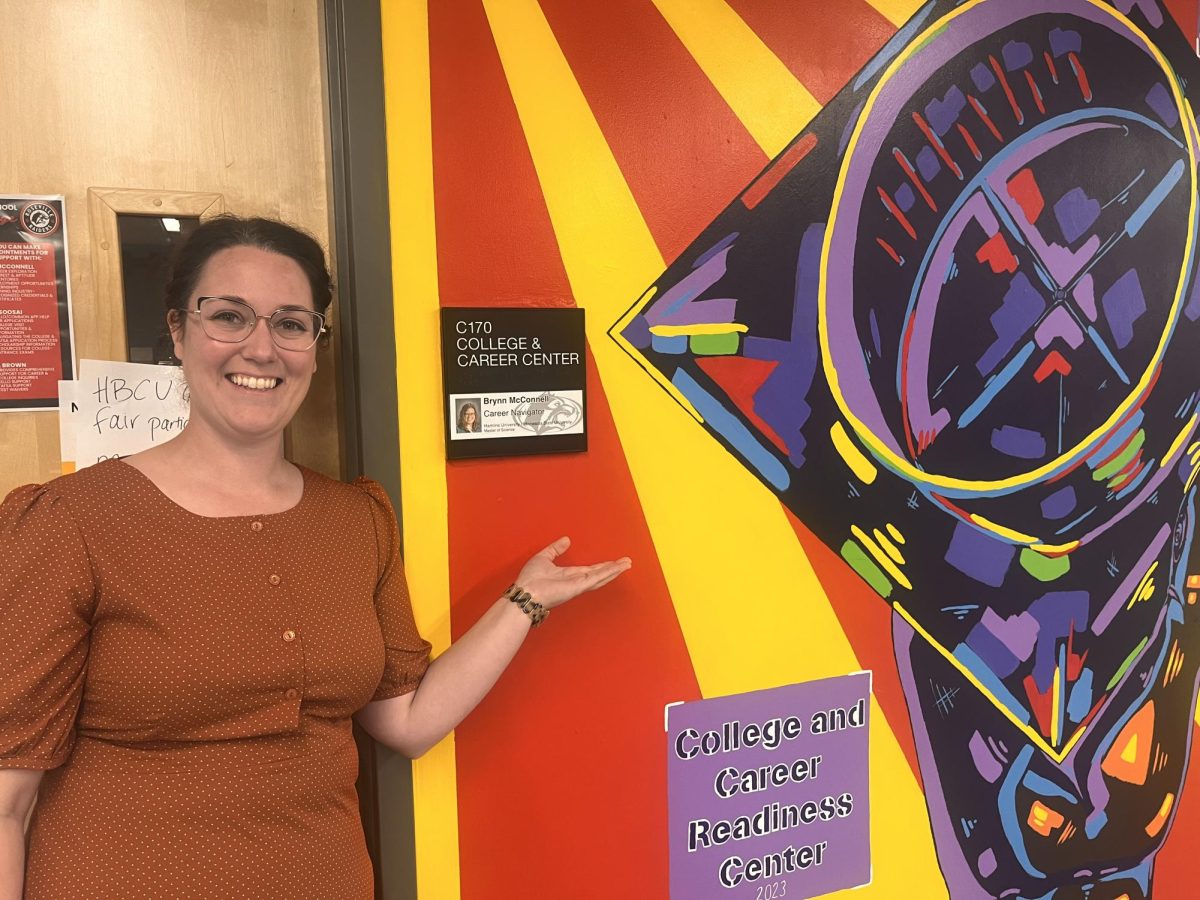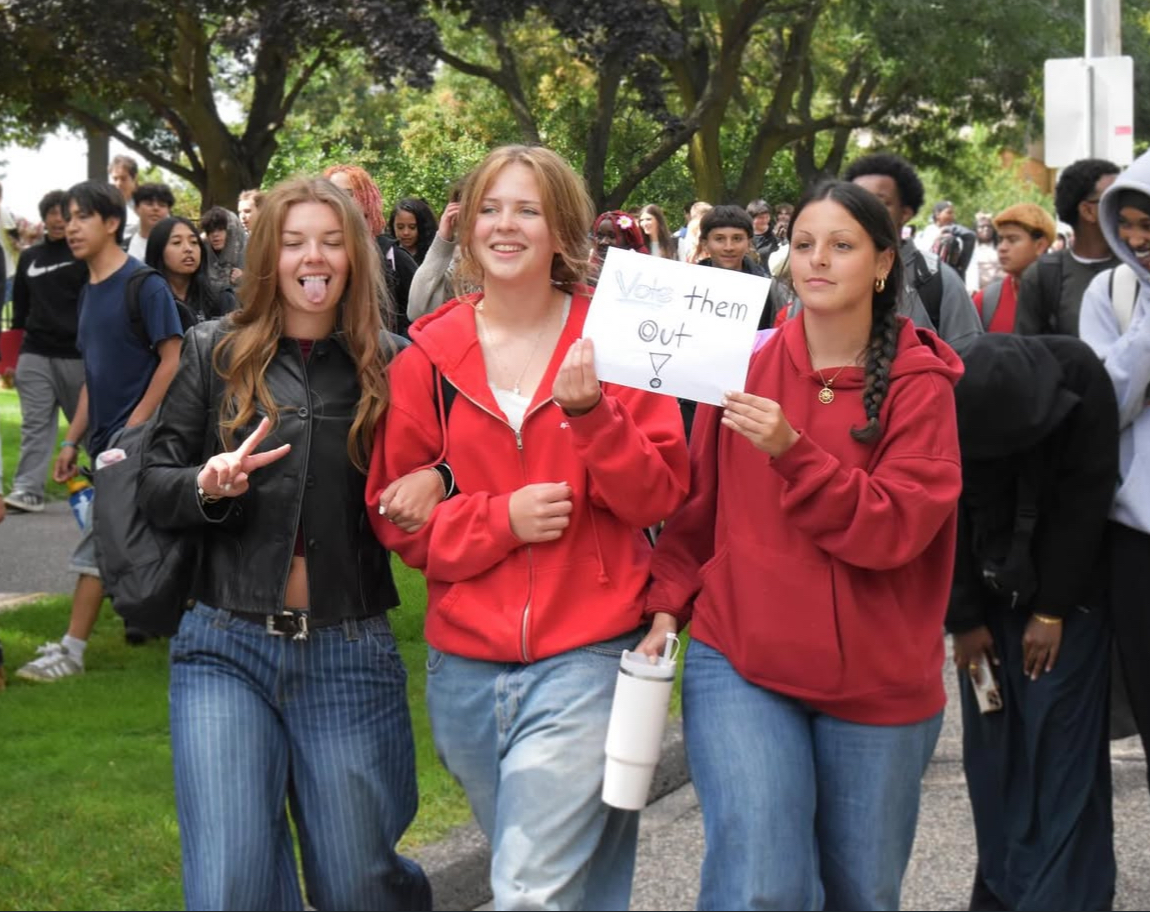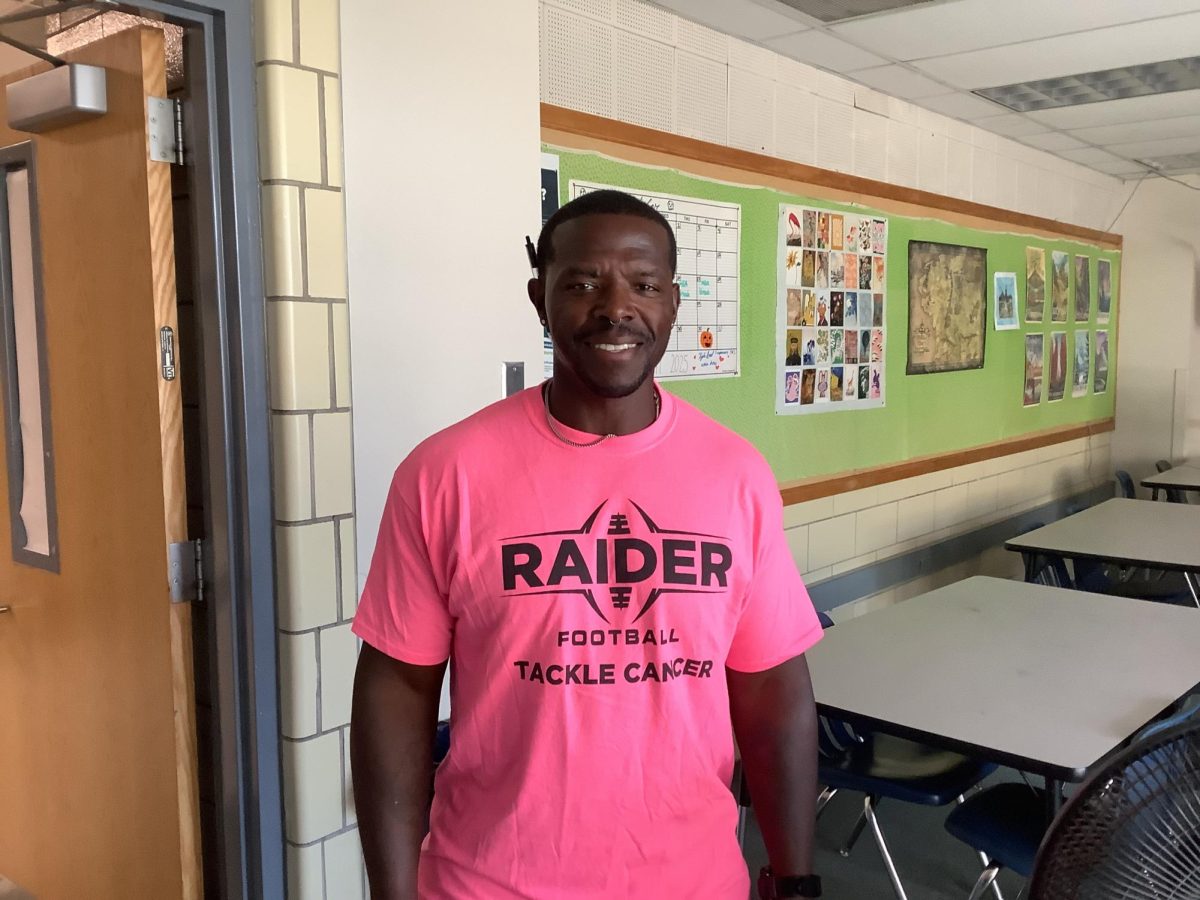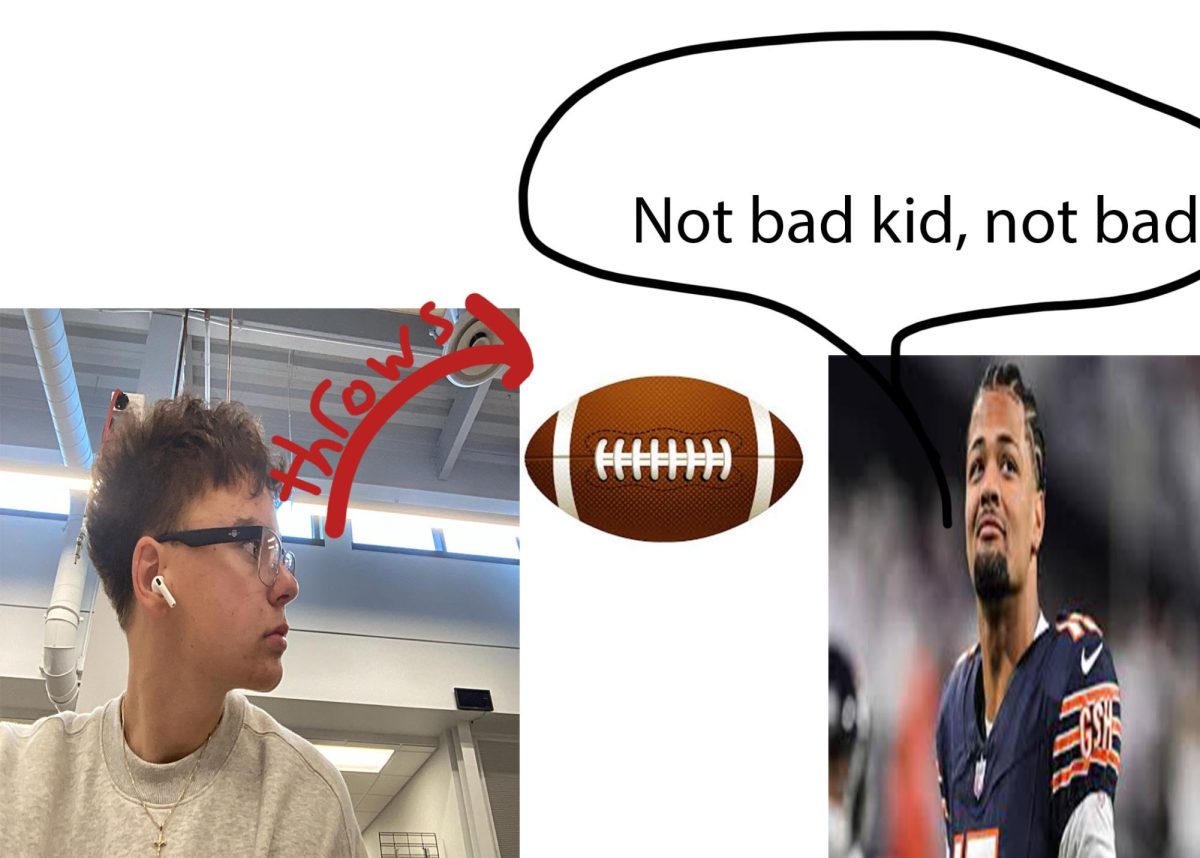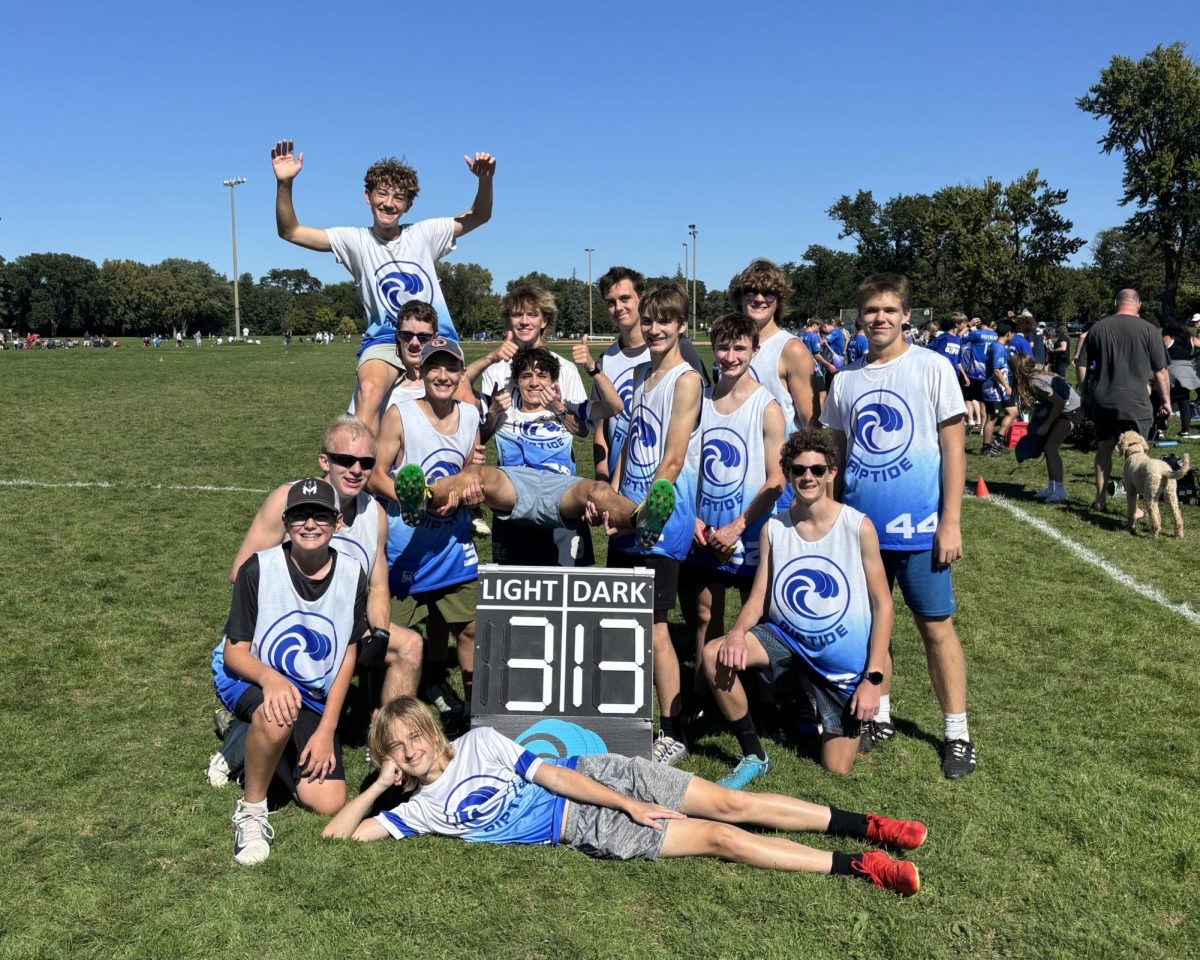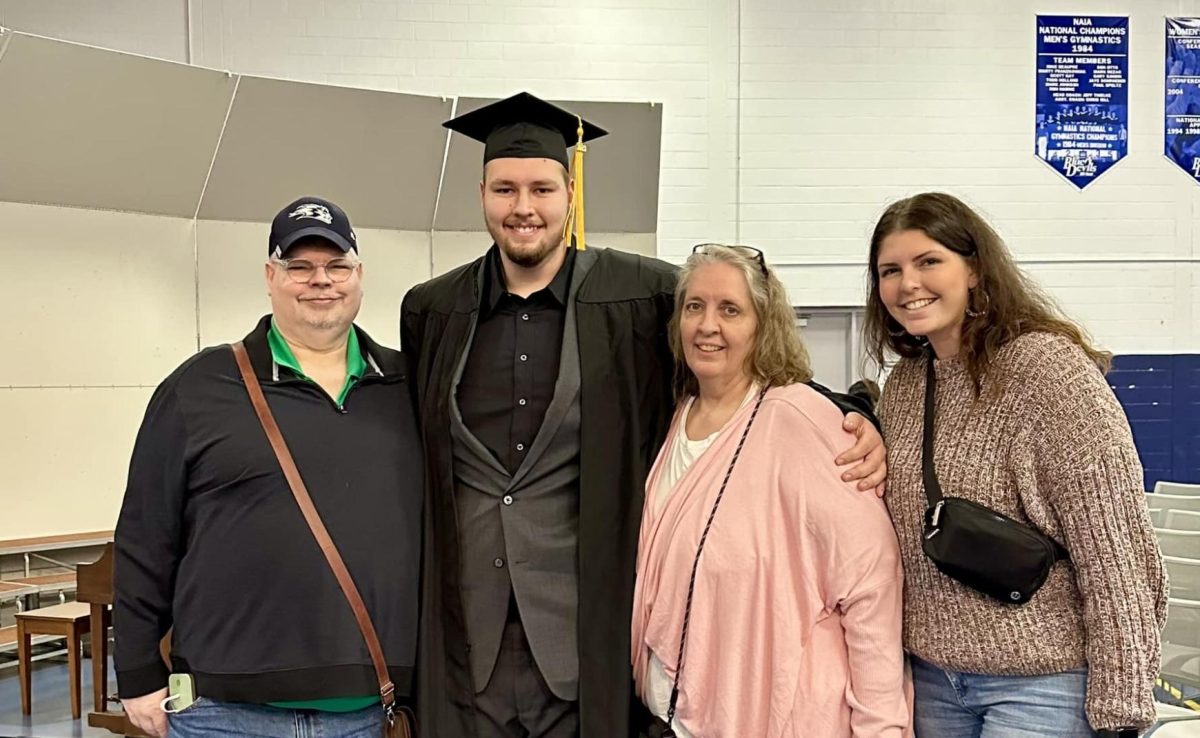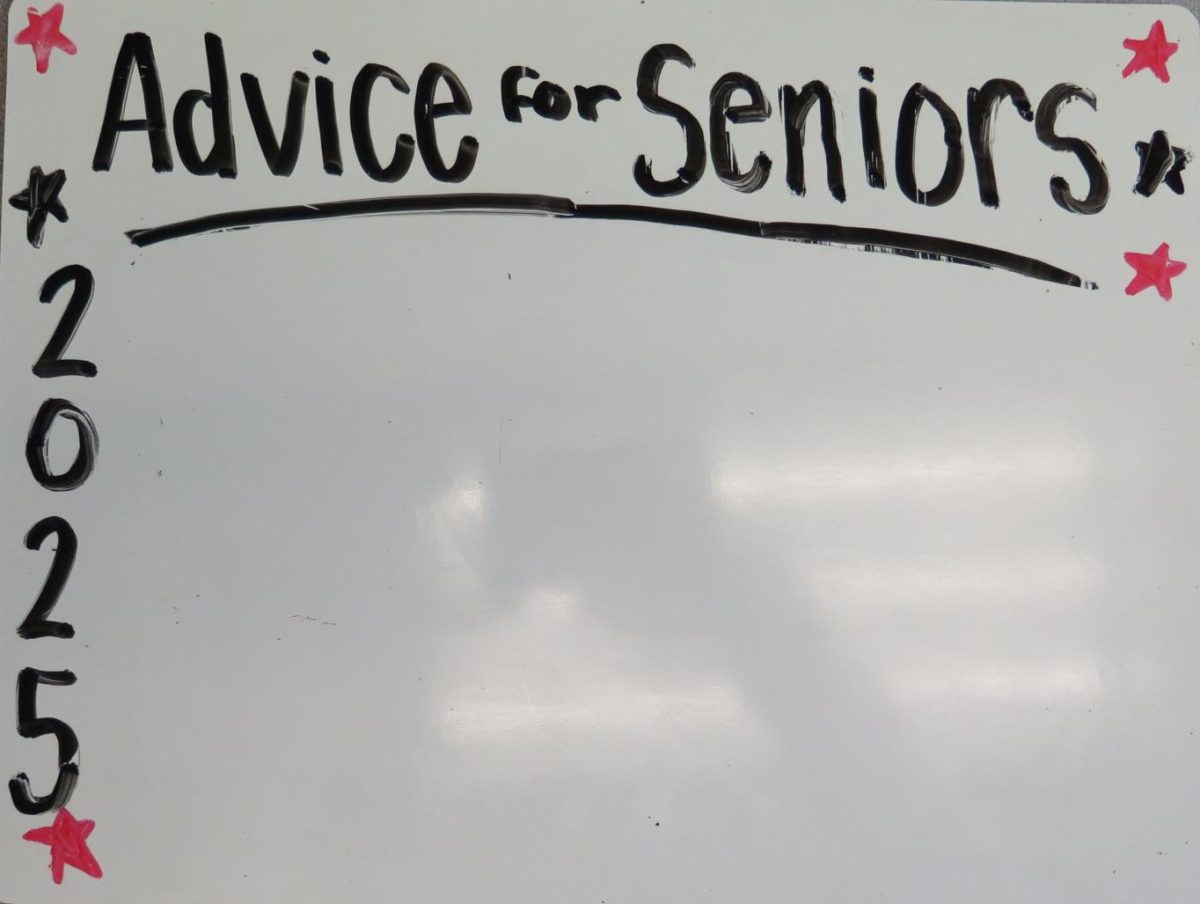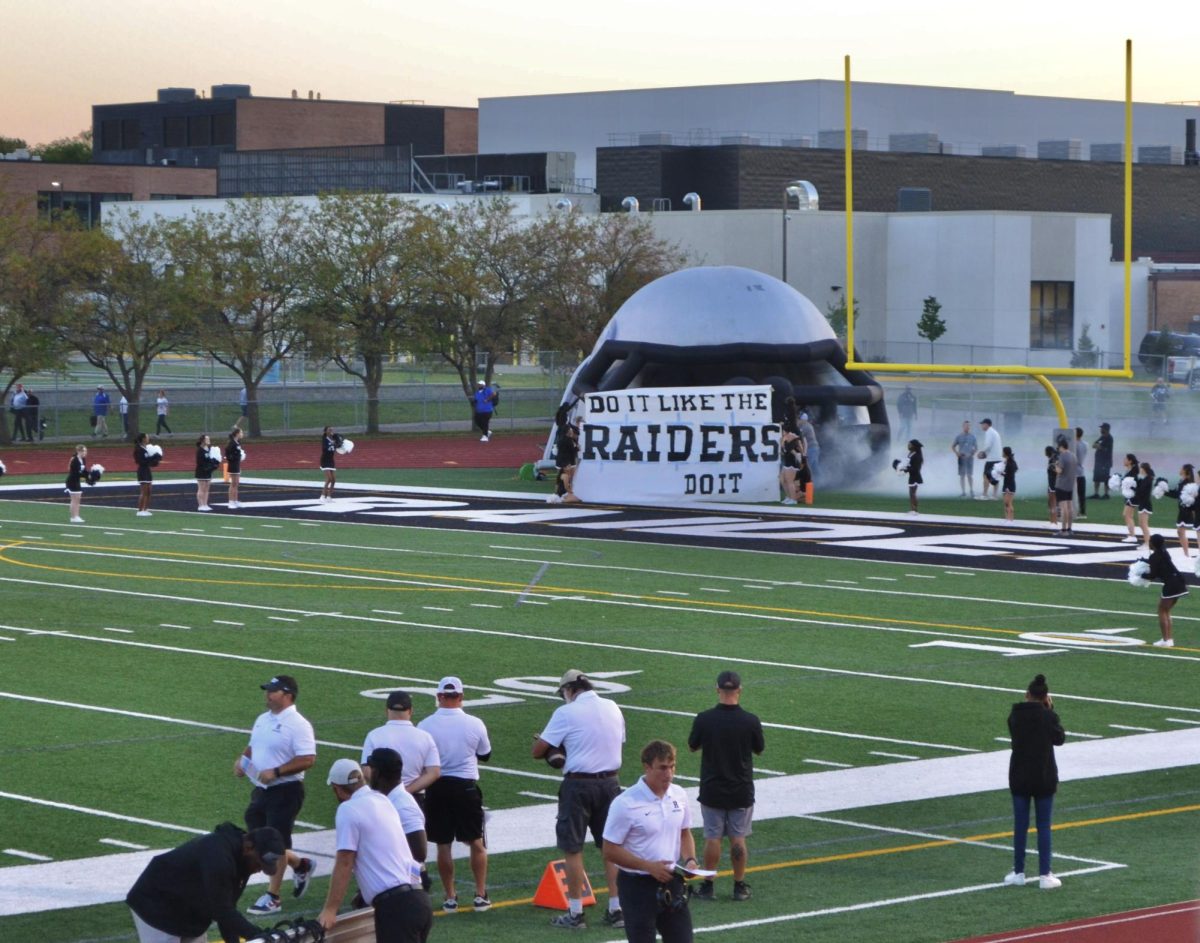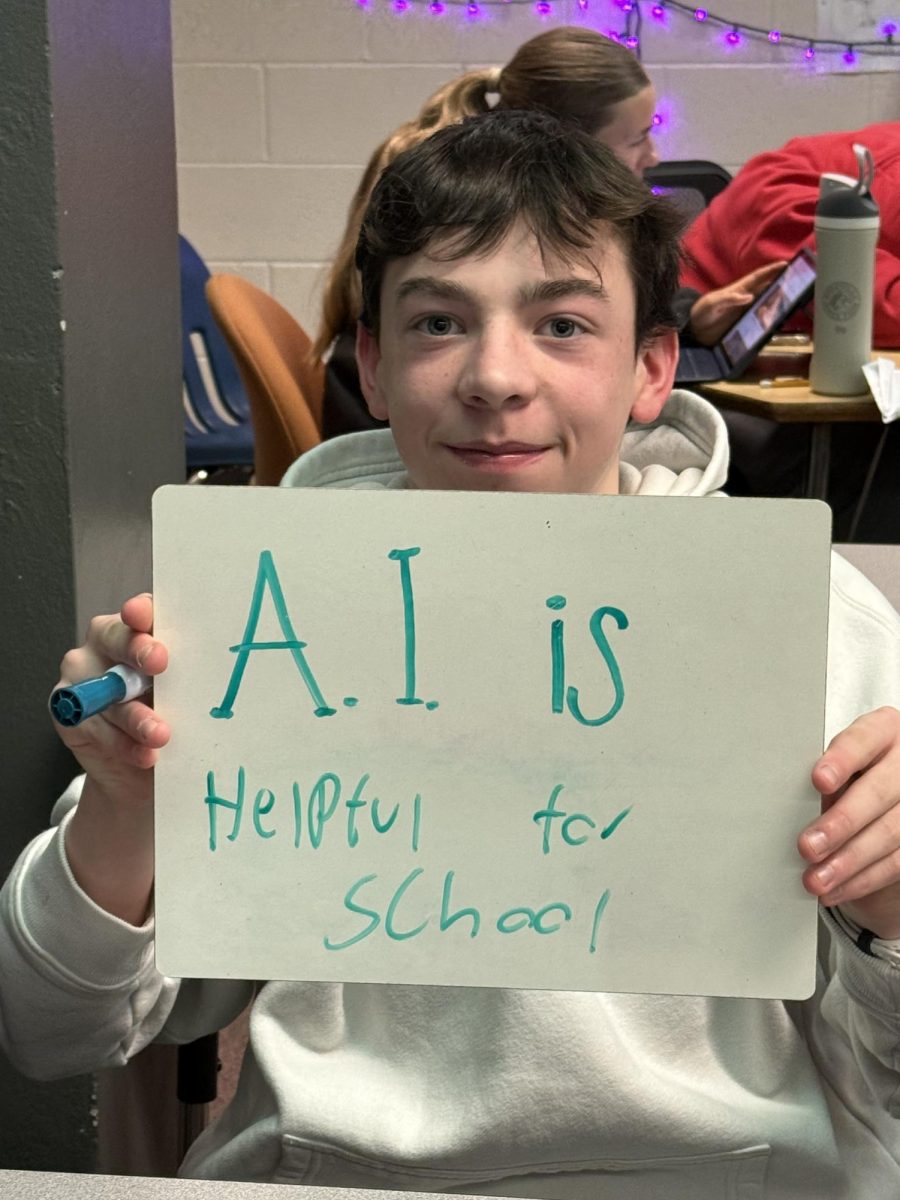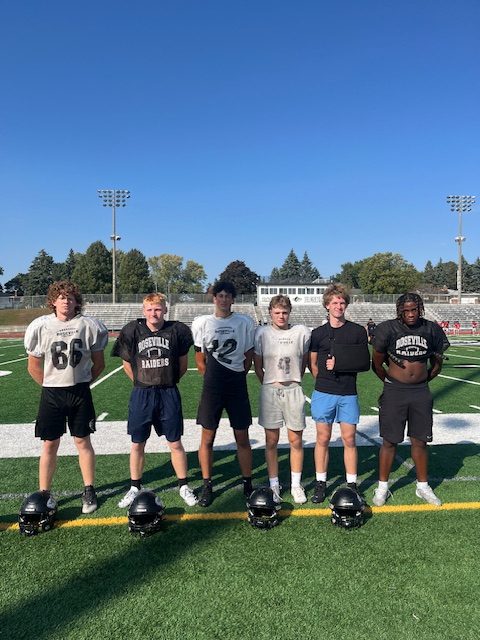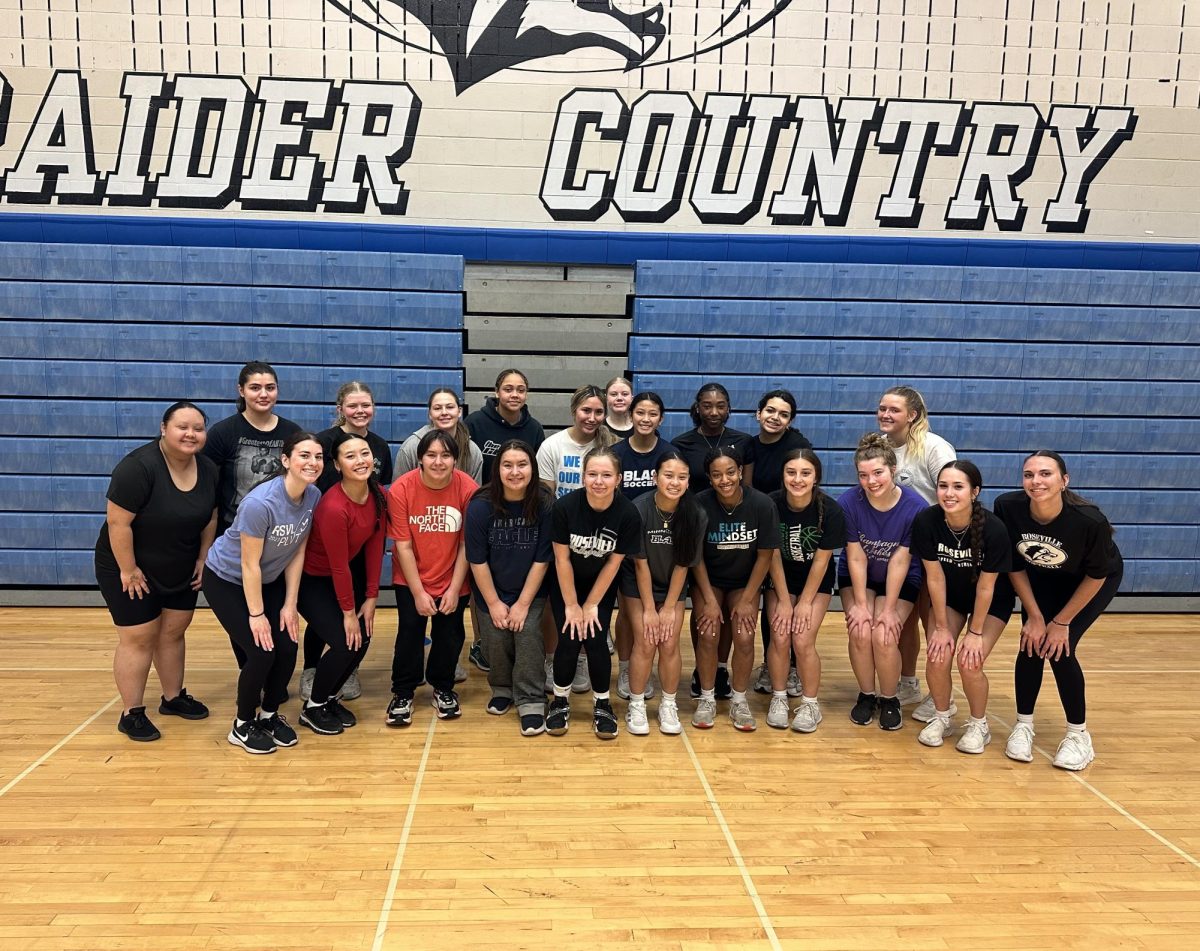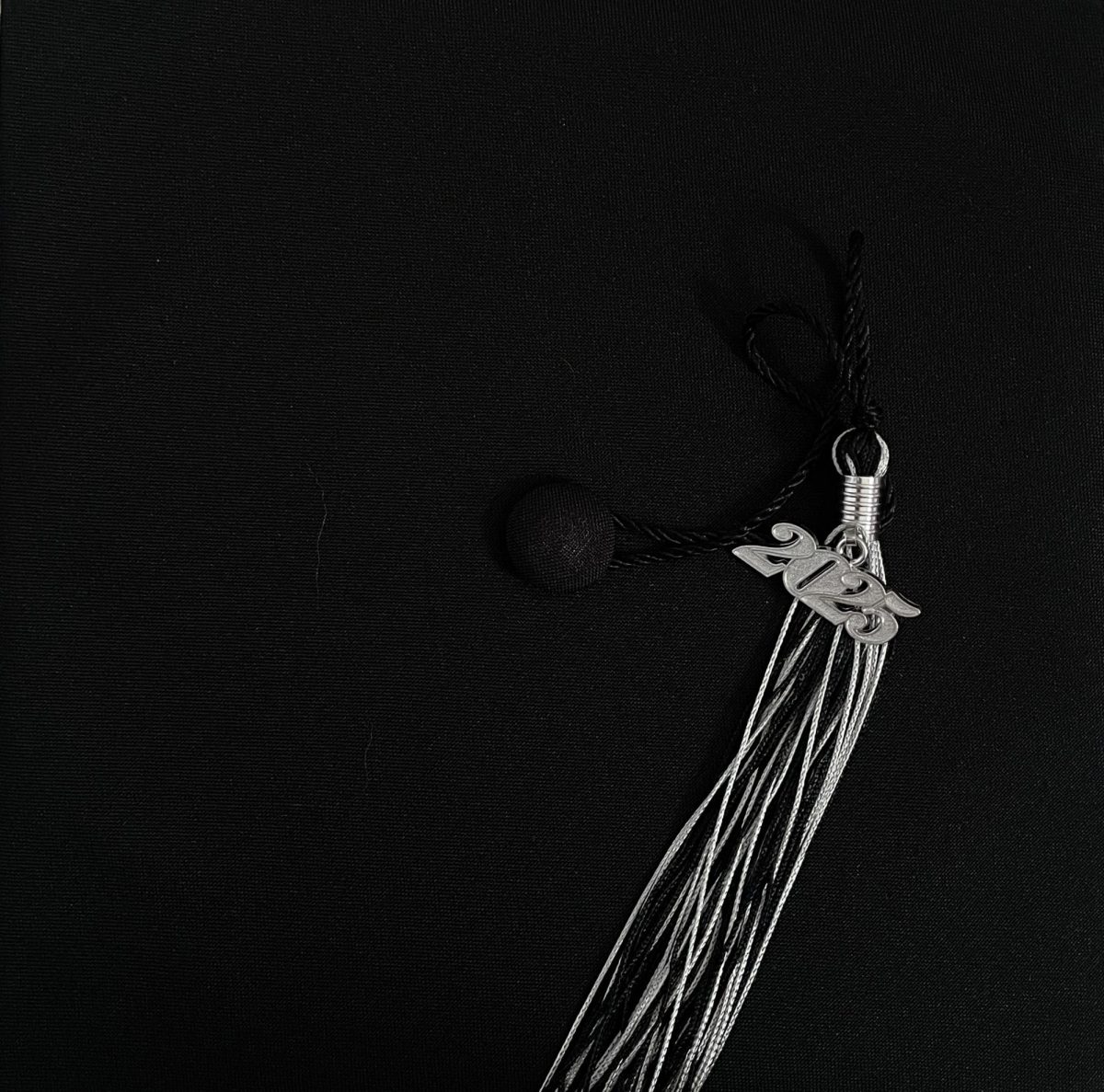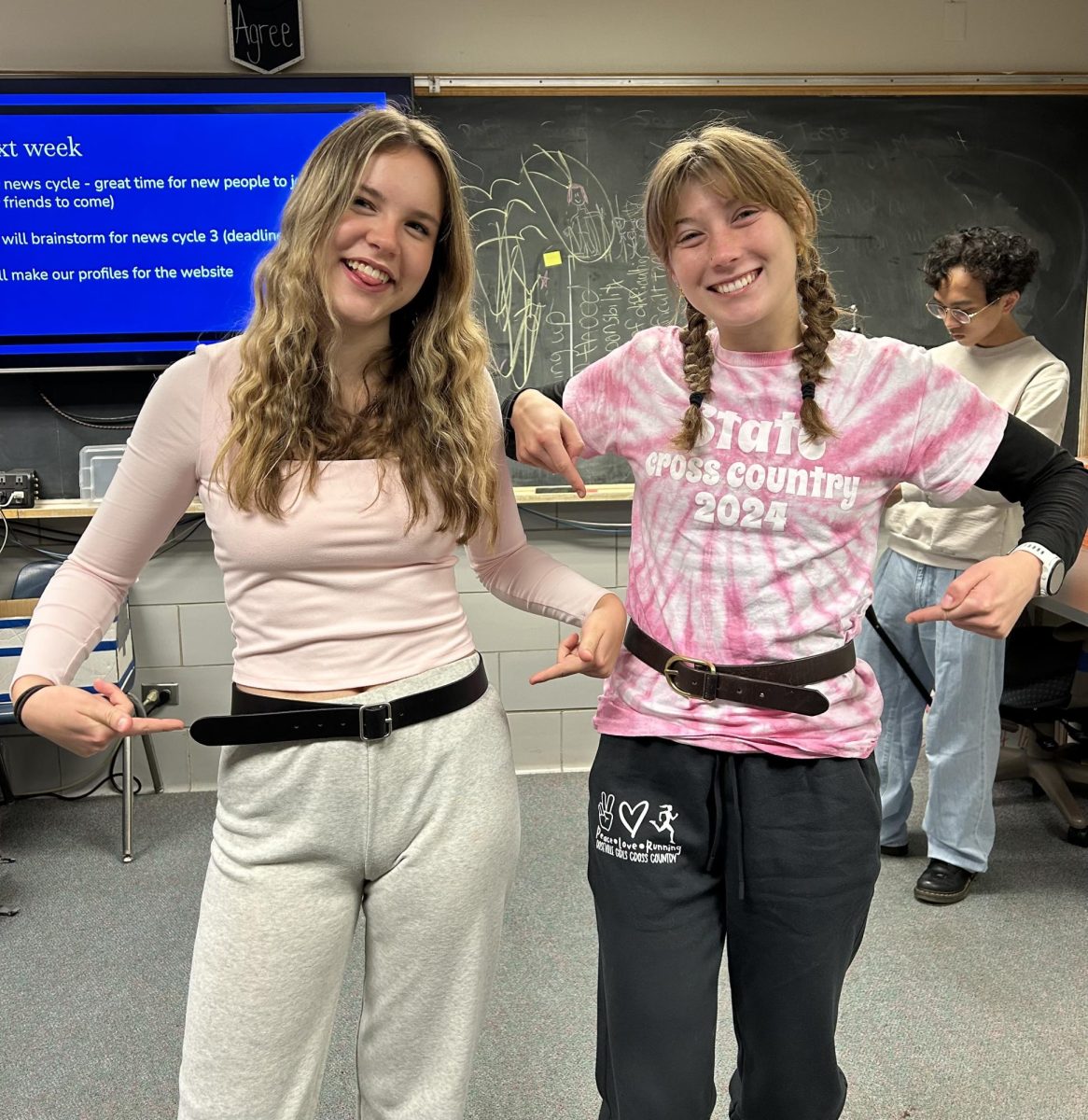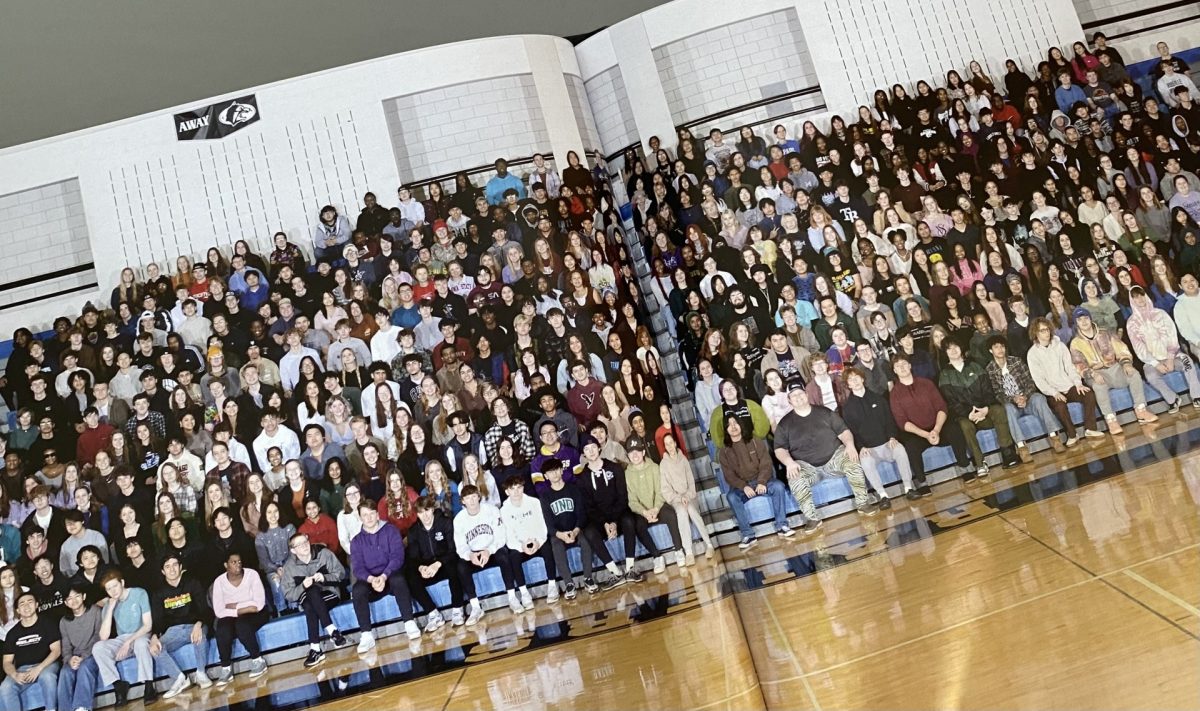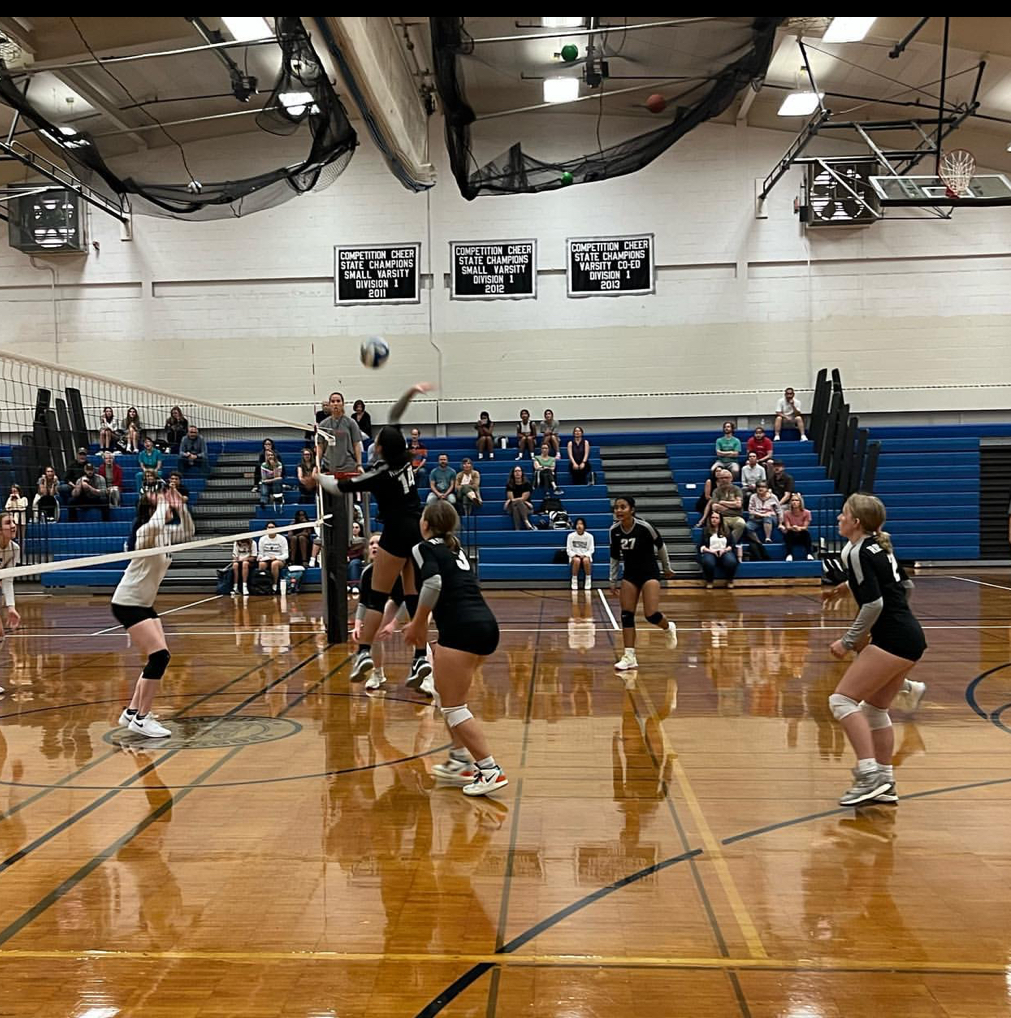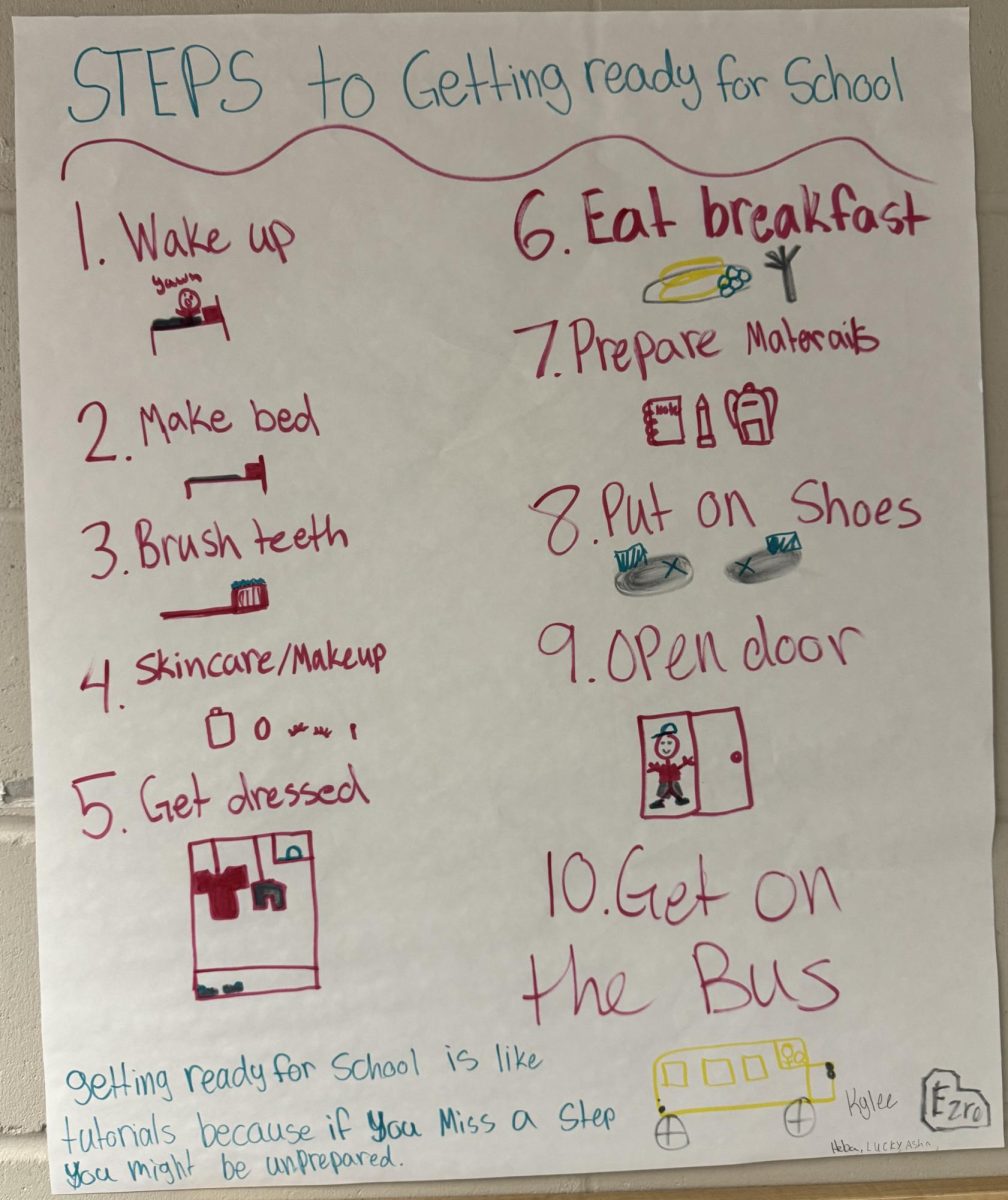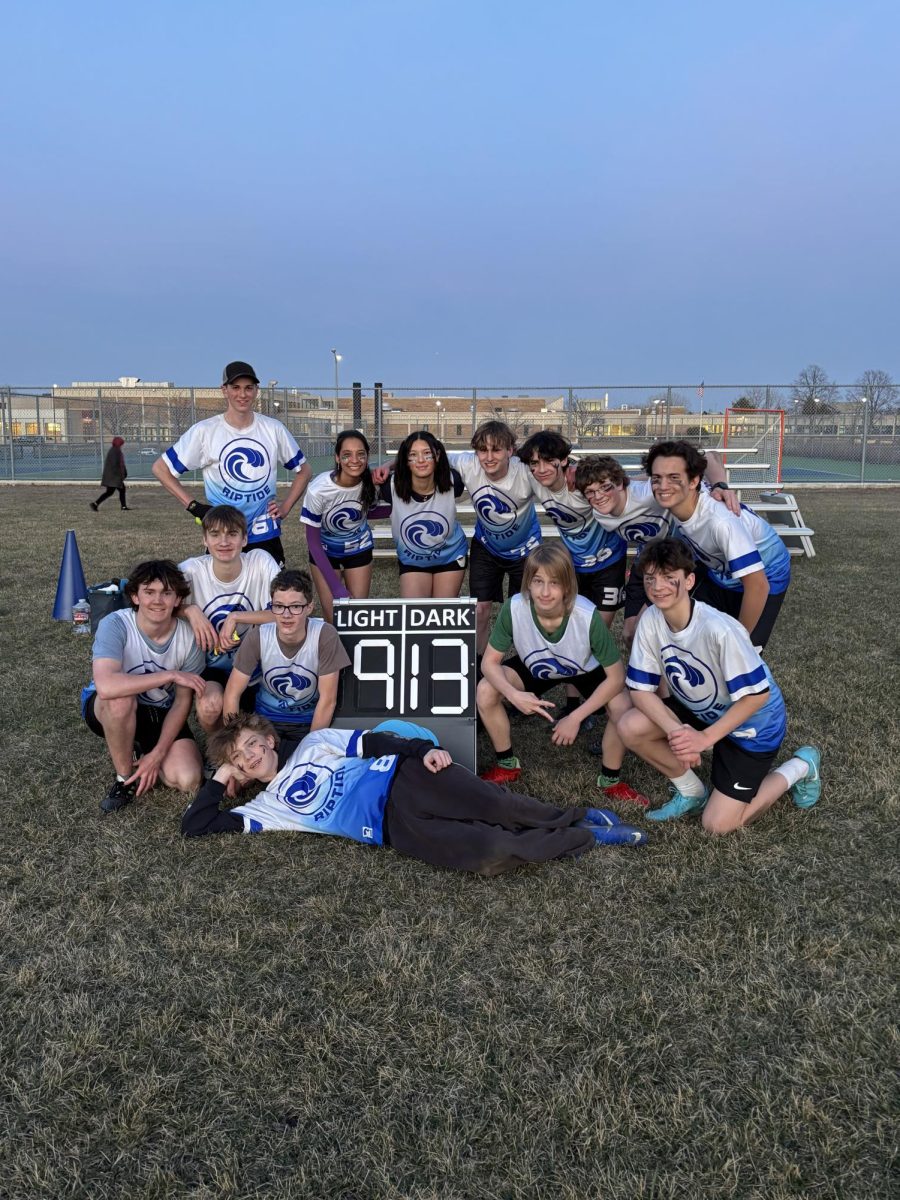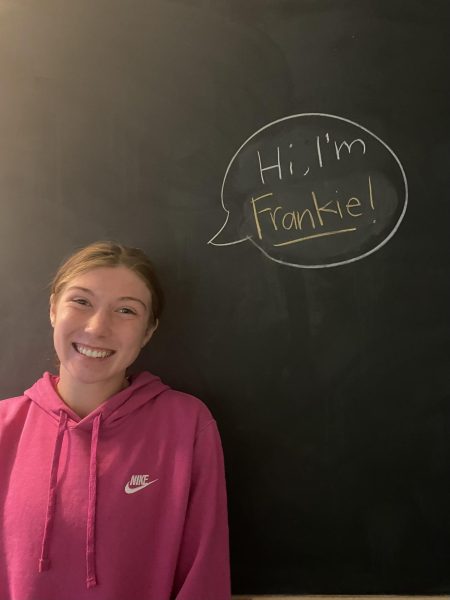It’s common knowledge that tryouts for sports are a big deal. Not only does the tryout determine what team the athlete earns a spot on, it also decides if they make the team at all.
Teams want the best people possible to be on them, even if it means kicking others’ off. This results in a lot of hurt feelings and anger, most often towards the coaches making the decisions.
Of course, being the one who decides who makes the team is a hard decision. RAHS Girls Volleyball head coach Greg Ueland said, “[making cuts] is my least favorite thing about being a coach. I feel so invested in the Roseville community, and having to take away peoples’ hard work is heartbreaking.”
The volleyball team cuts anywhere from 20 to 30 athletes every year. This is more than most other sports, but most team sports at RAHS cut athletes.
There are many reasons why programs cannot accept all athletes, such as funding, the amount of coaches, and number restrictions put forth by the MSHSL.
In volleyball specifically, coaches need to adhere to Minnesota State High School League (MSHSL) guidelines. In order to keep things as fair as possible, each school is only allowed a certain number of teams. Roseville and all other schools in the AAA class are restricted to five teams each. (Minnesota has three classes of school size, A, AA, and AAA, and Roseville’s 2,600 students places it in the biggest class).
Mire Muledhu, a junior on the volleyball team, said, “the biggest thing I hate about cuts is seeing people who have been in the program so long be cut for someone younger, especially a middle schooler. I love all our middle schoolers, I just feel so bad for the older girls.”
Even though some sports need to cut athletes due to the MSHSL regulations, others, like wrestling, don’t have to. According to wrestling coach Nash Lueken, this is because “JV wrestling meets have unlimited entries, which means everyone can compete.” He also added “the wrestling numbers are already low, and when we are trying to recruit more, cutting just doesn’t really make sense.”
Lueken said, “in a perfect world no one would be cut from a team, but the funding for coaches is not good at all, and hiring more is most of the time not in the budget, especially for team sports.”
Head cross country coach Mary Schifsky has a lot of thoughts about the idea of cutting athletes out of a program, and said, “I understand why it happens, but it hurts my heart to have to see this happen to high schoolers.” She also brings up the idea that high schoolers are still developing, physically and mentally. “Kids need time to grow,” Schifsky said. Taking someone off of a team because they are less developed and not as strong is not helping any of them grow.”
She compares team sports to a sport like cross country, which doesn’t cut athletes. She explained, “If I were to cut kids, I wouldn’t have good runners. It generally takes a few years for the girls to ‘figure it out,’ and realize how to race. You just can’t tell by looking at a seventh grader how good they are going to get.”
Cutting high schoolers from sports is a very delicate matter. The concept is hard for a lot of people to grasp. However, this is how Roseville currently operates, and the only way for that to change is for more funding to become available to the coaches, athletes, and teams. Until then, the practice of cutting reigns supreme.

